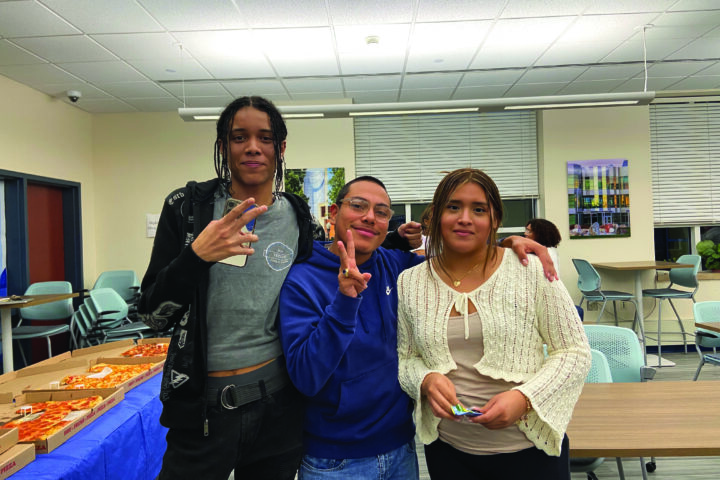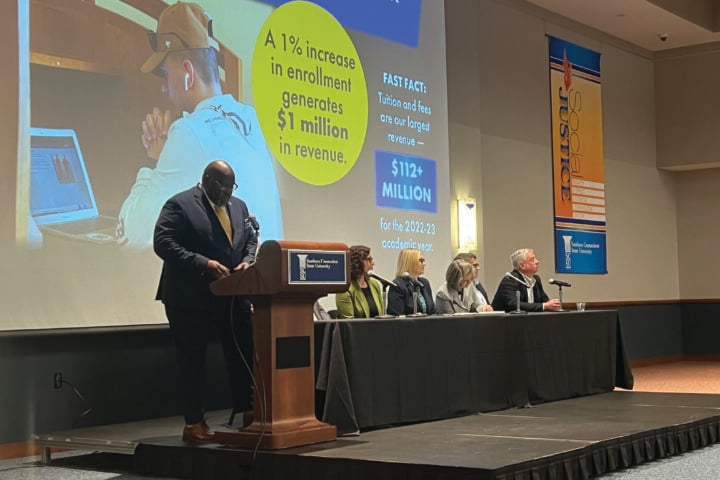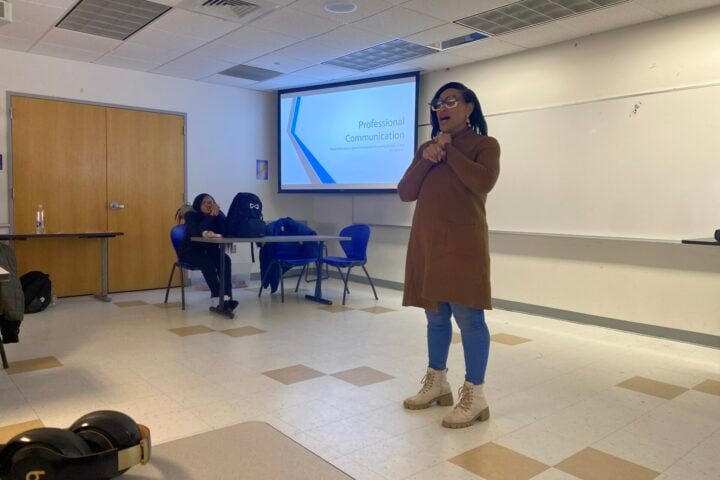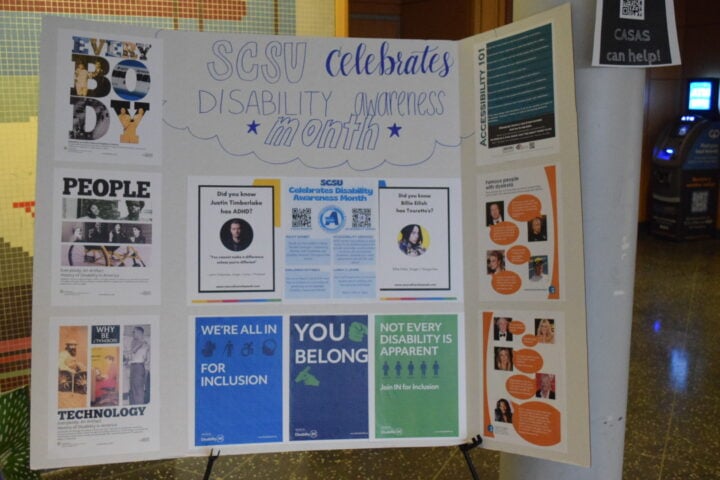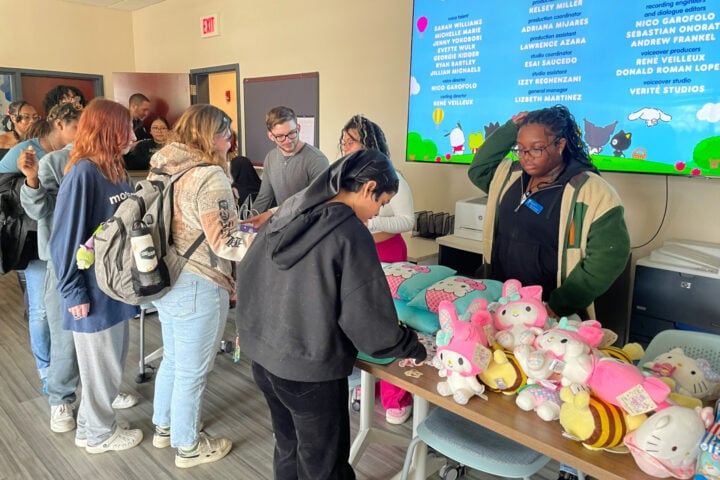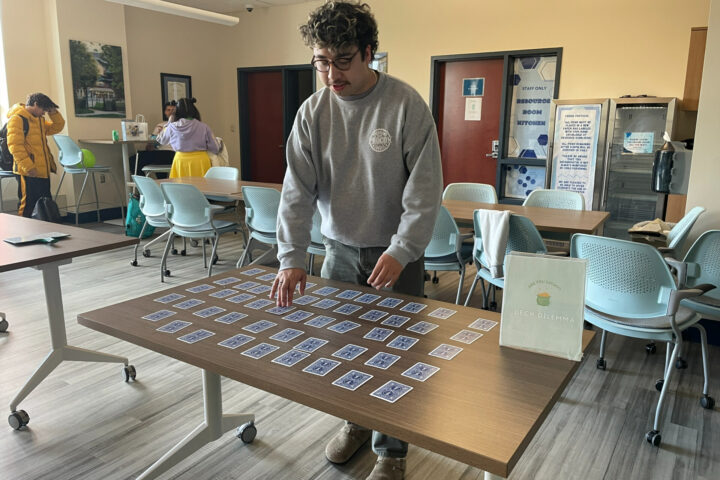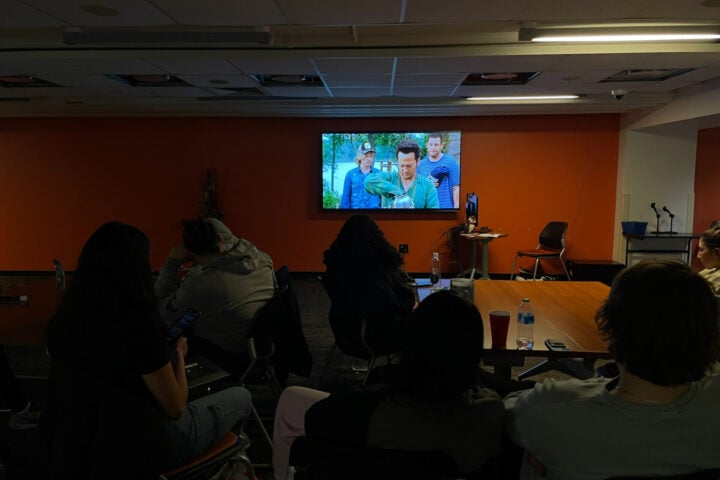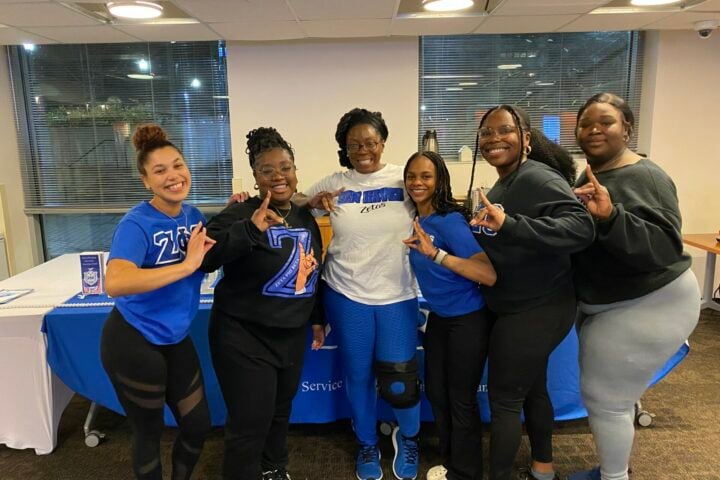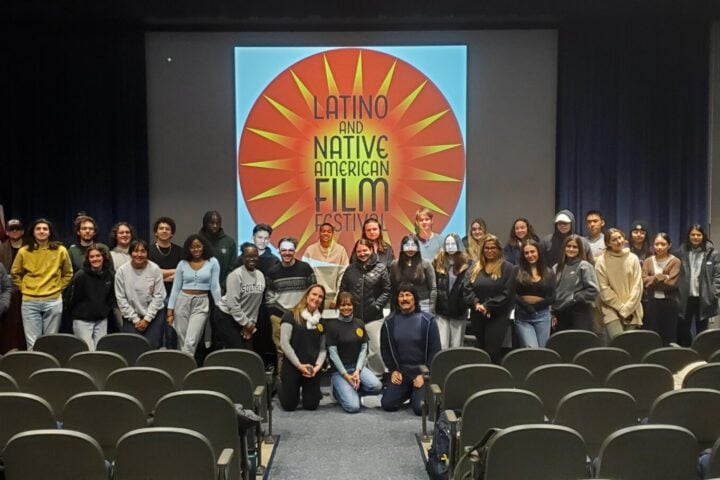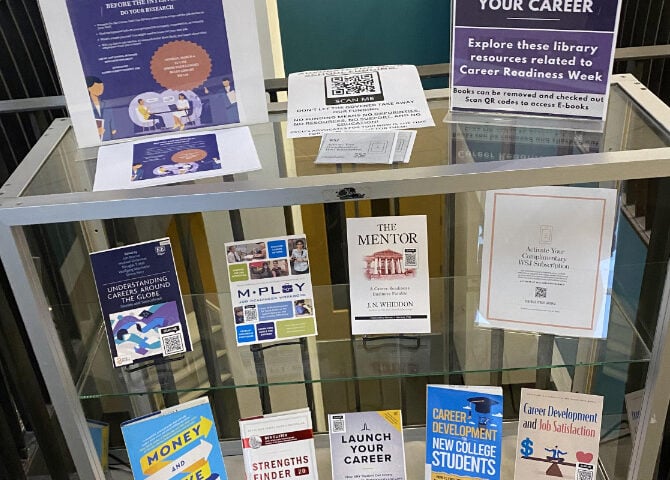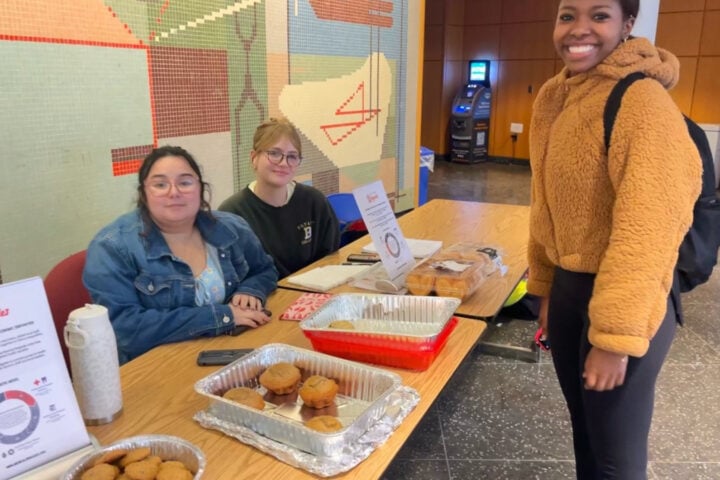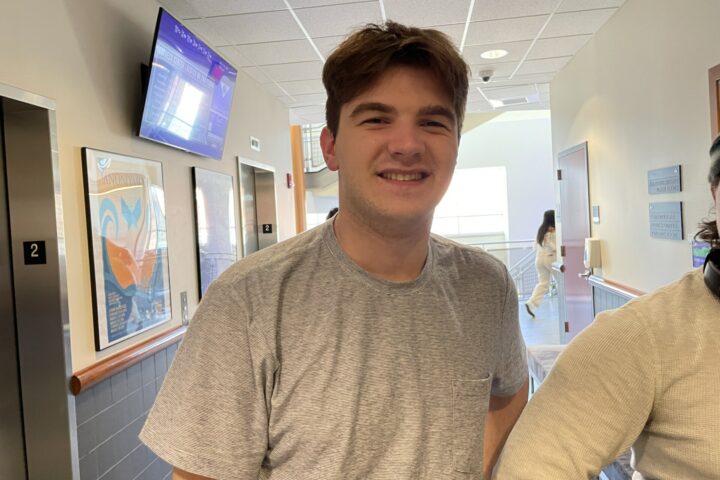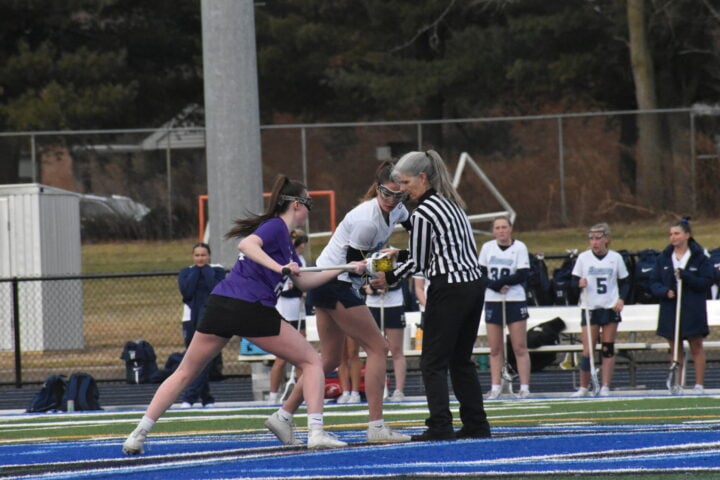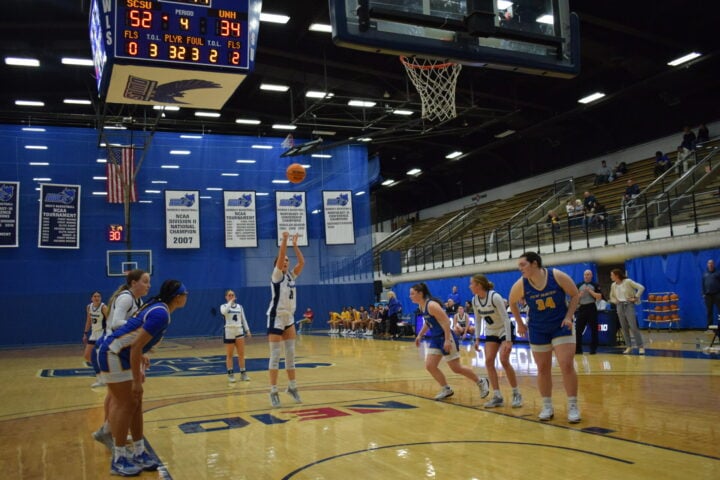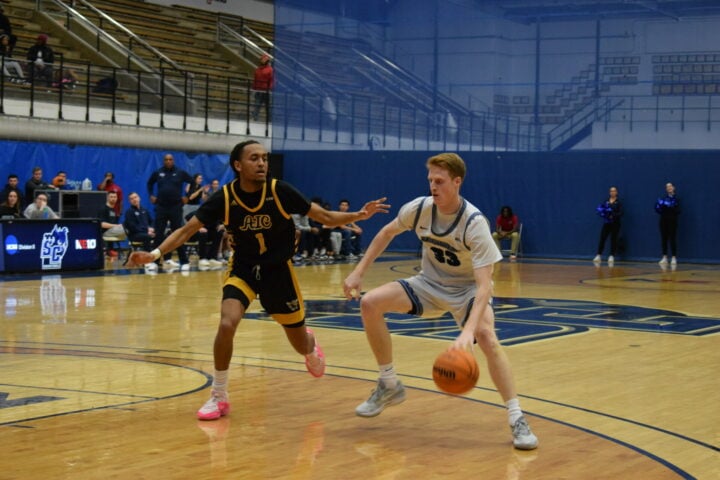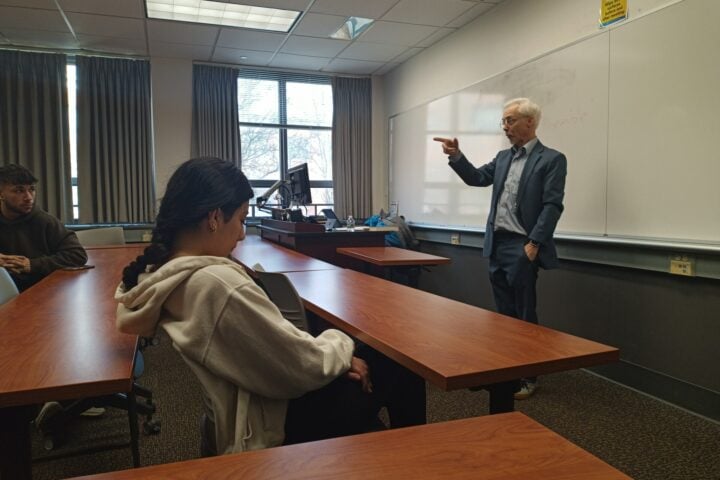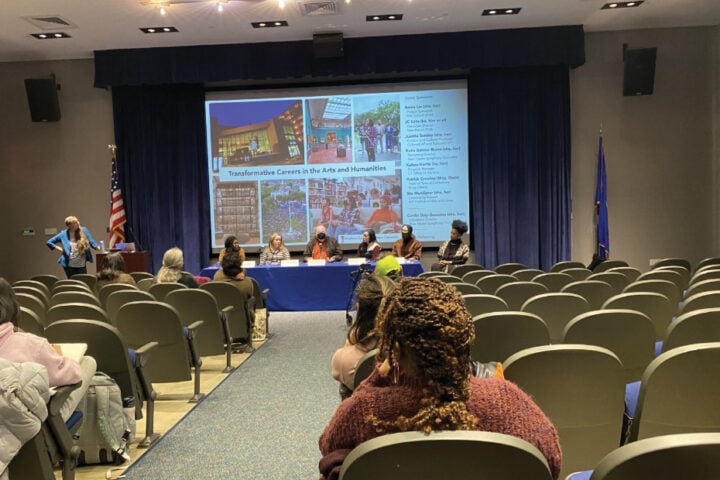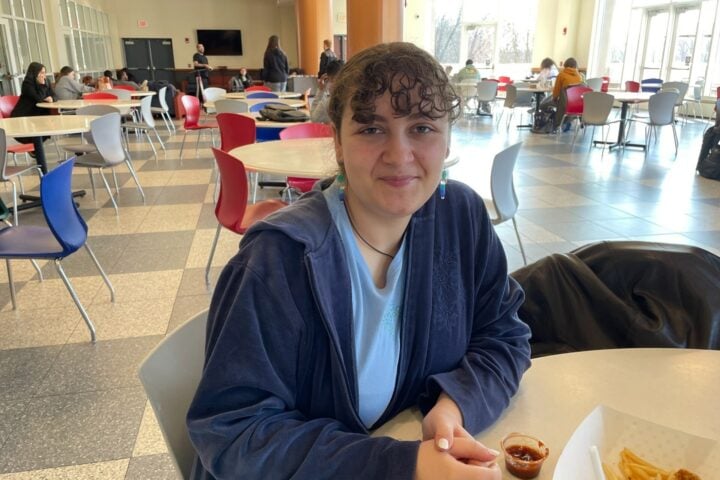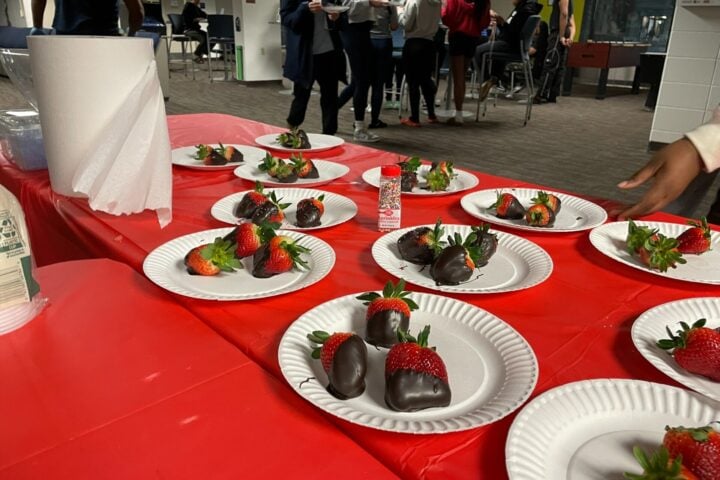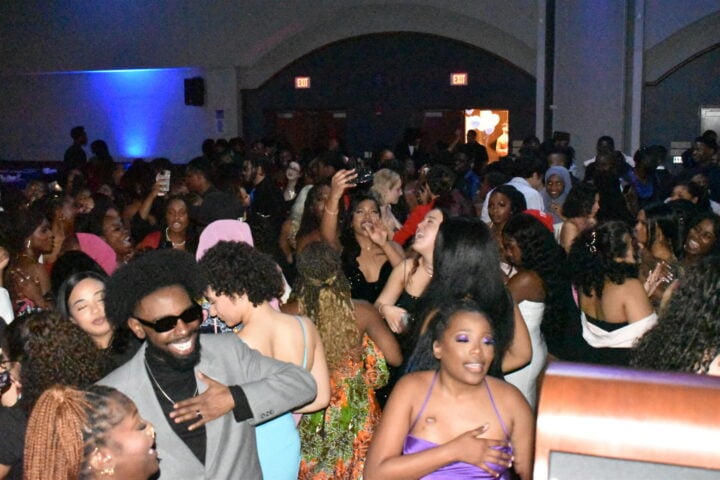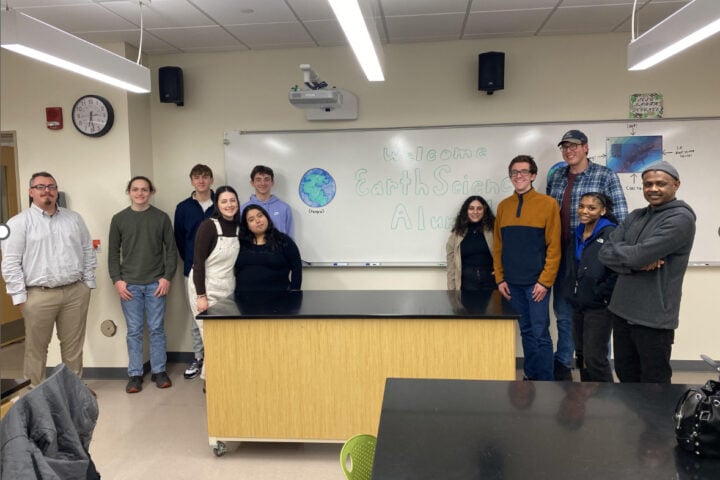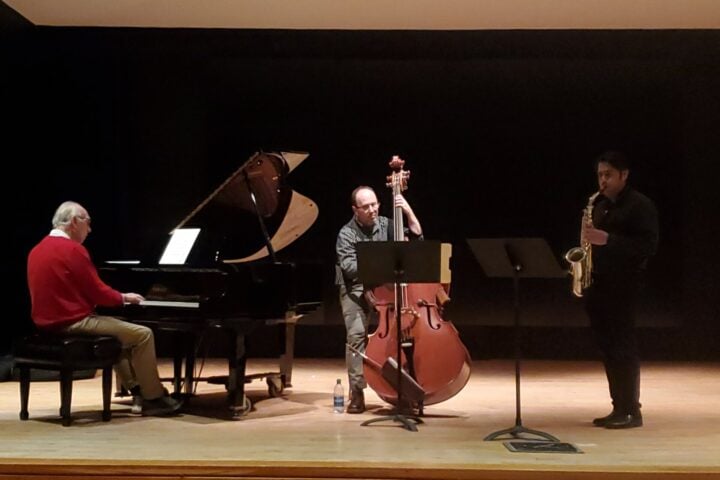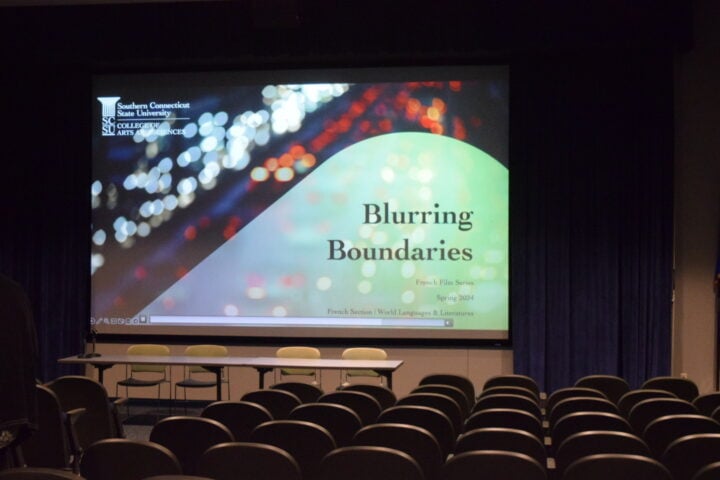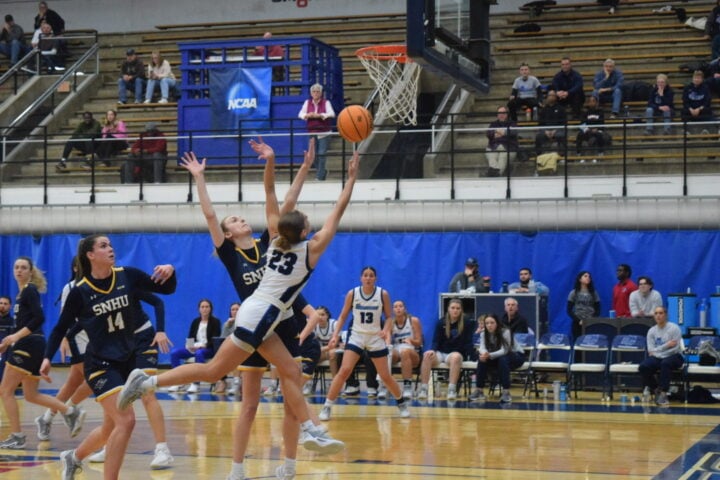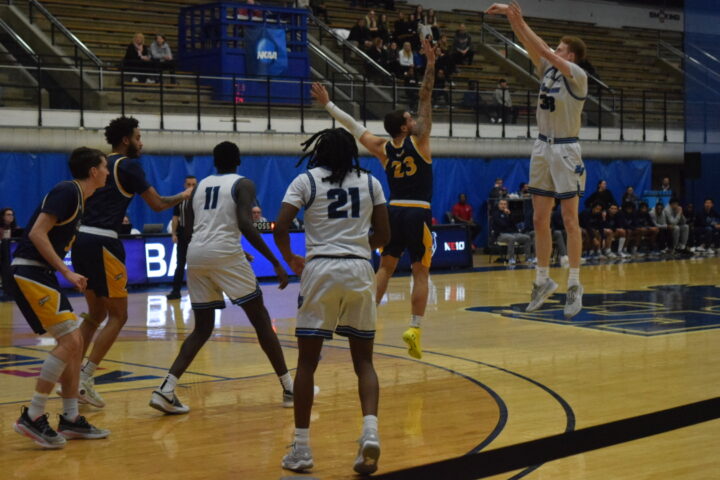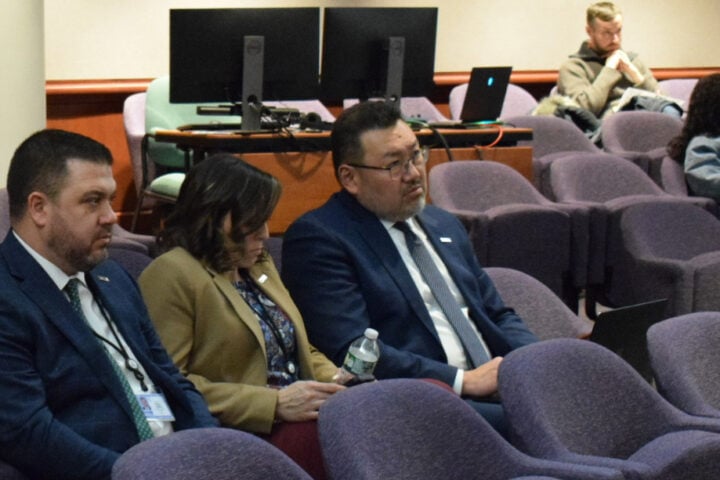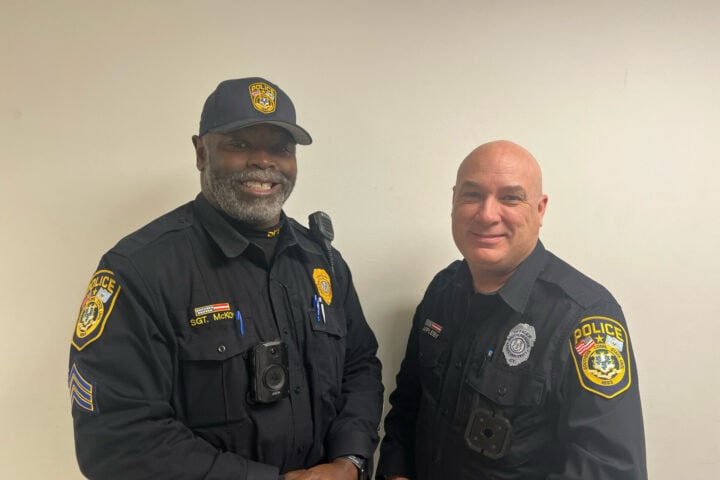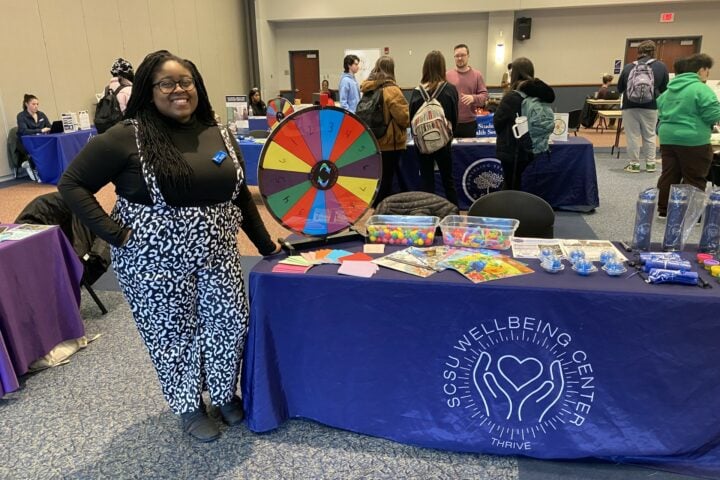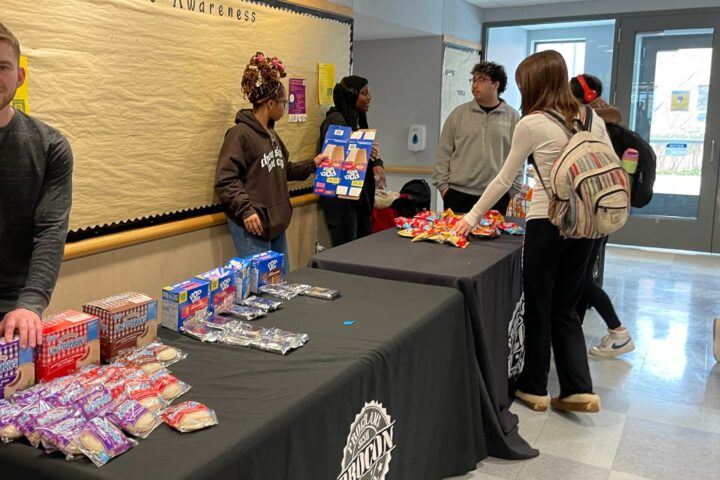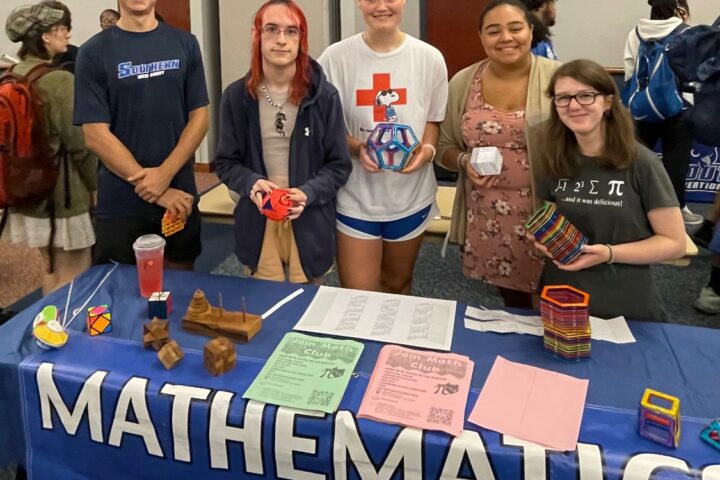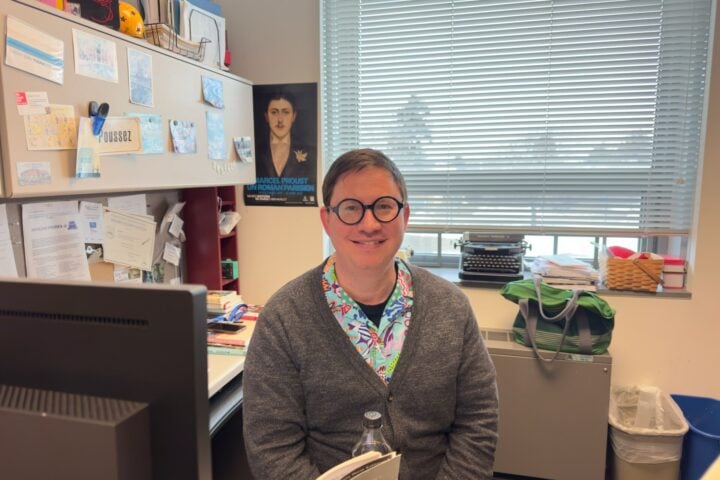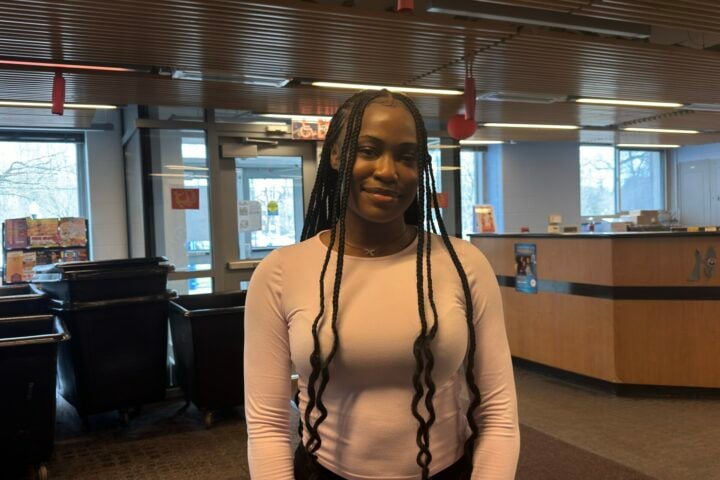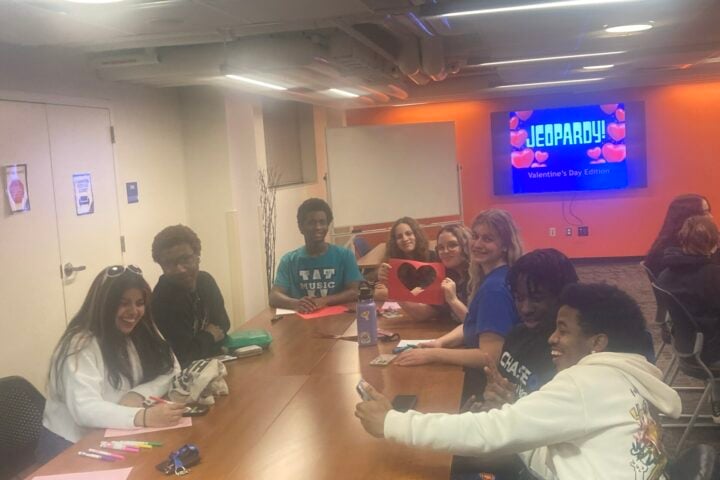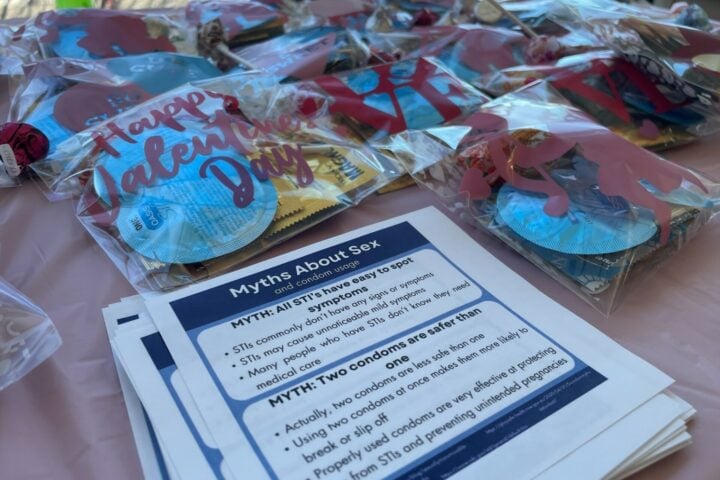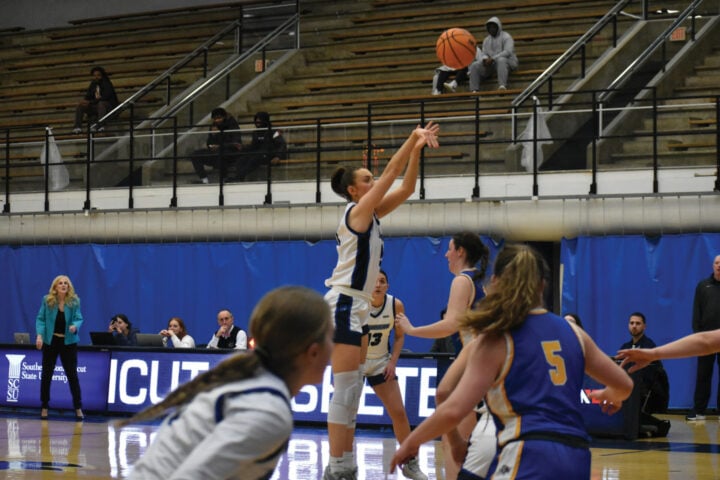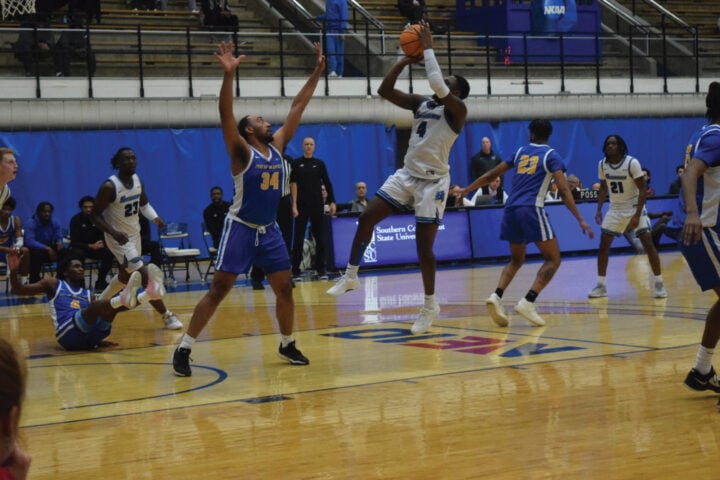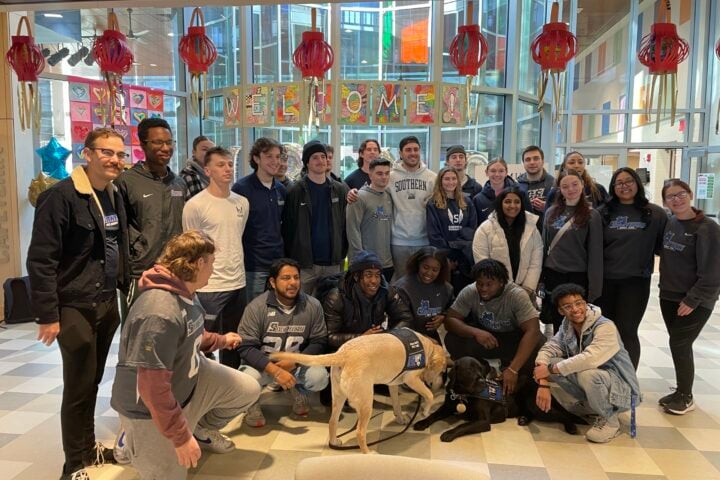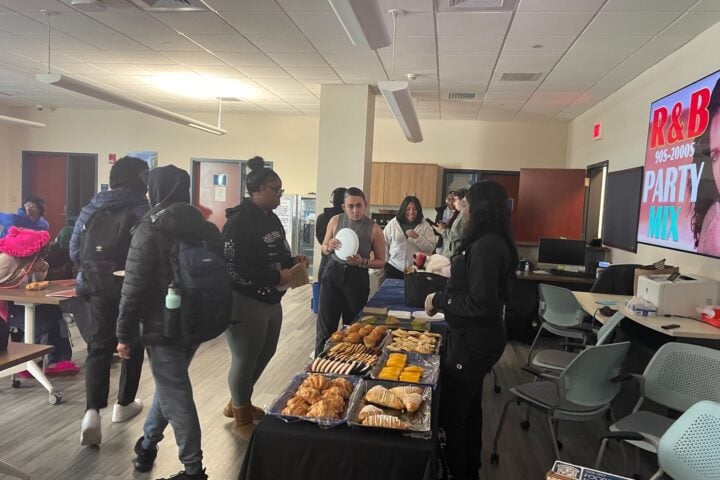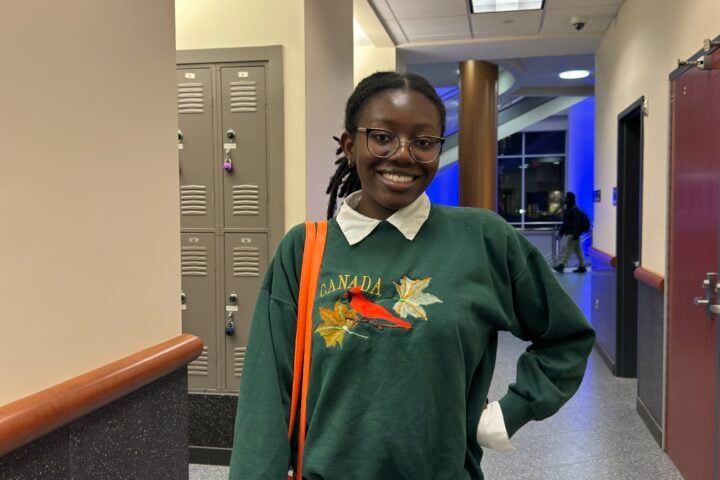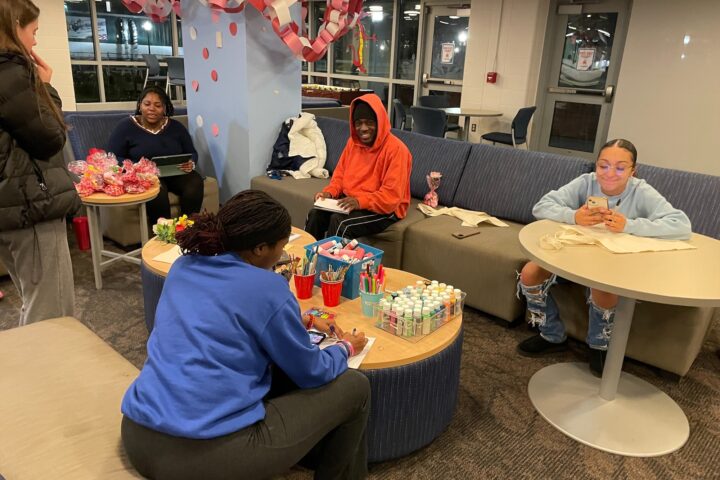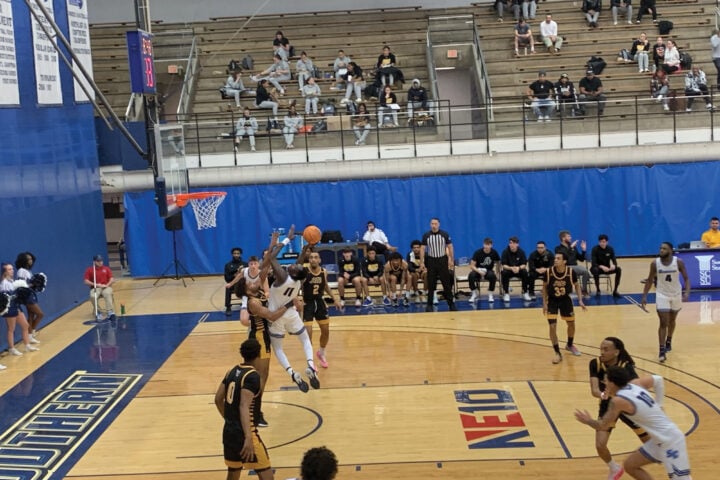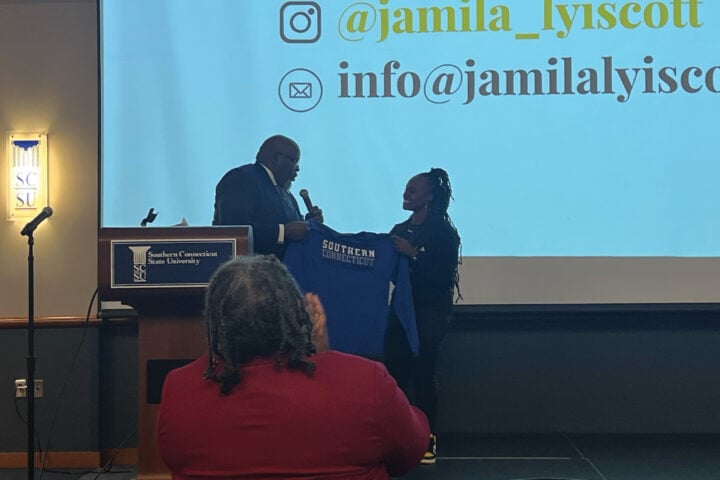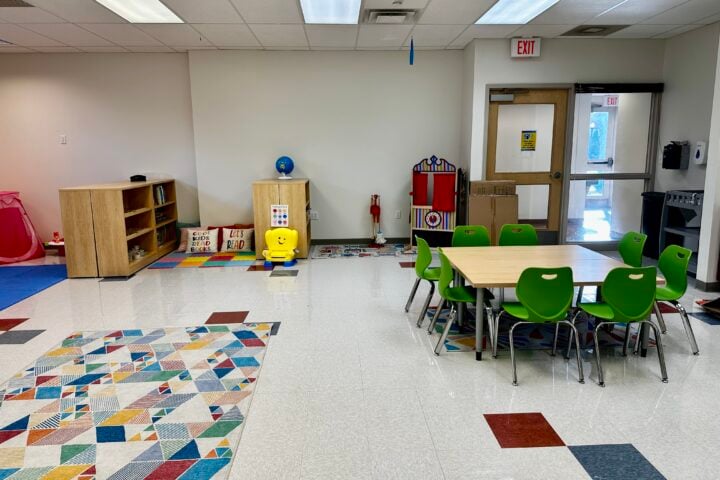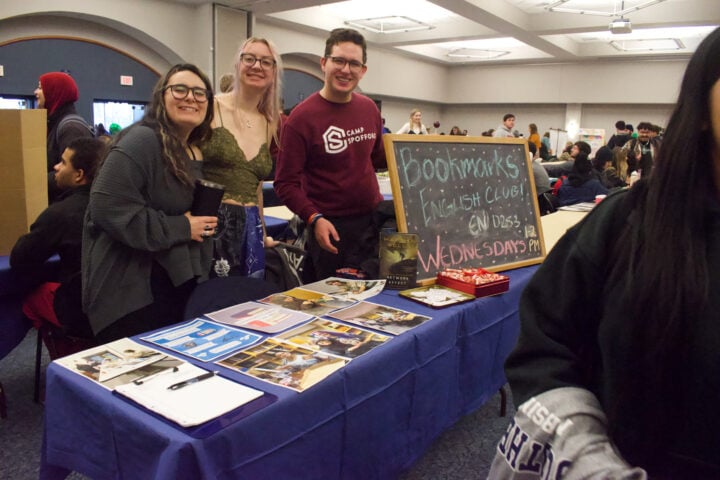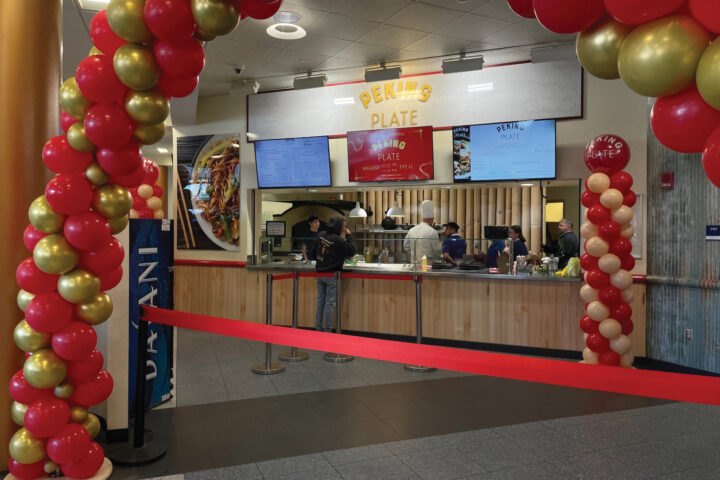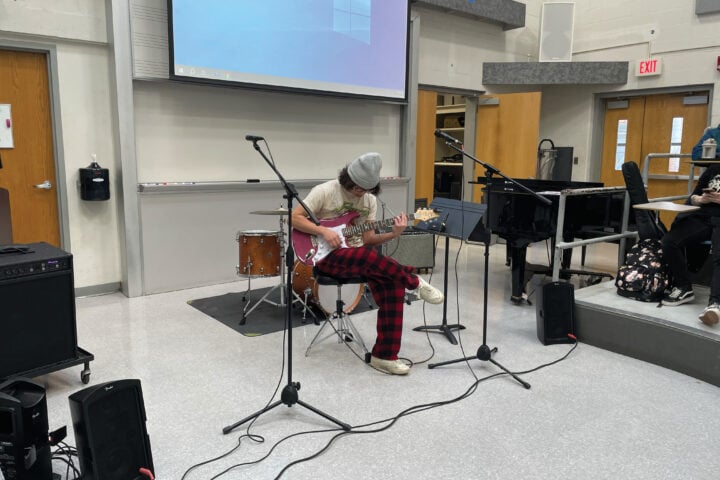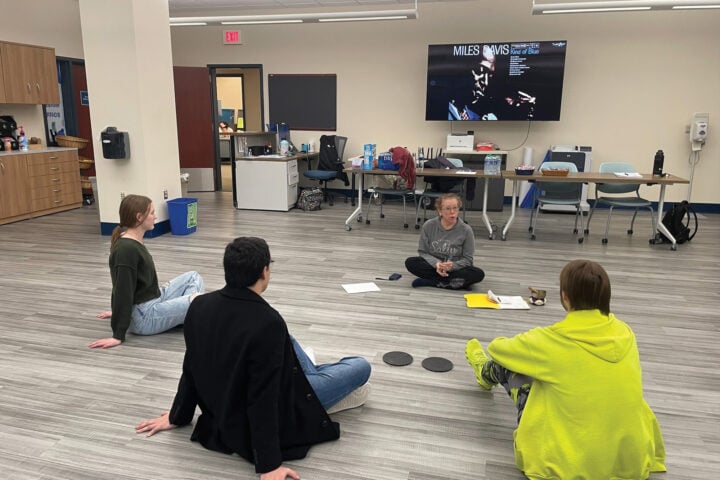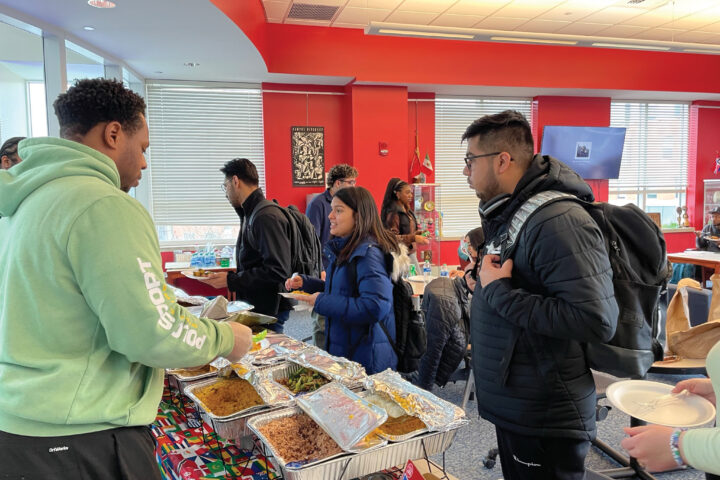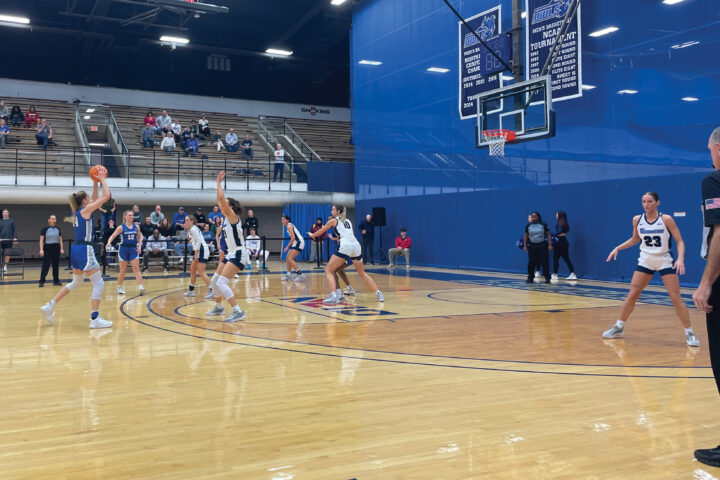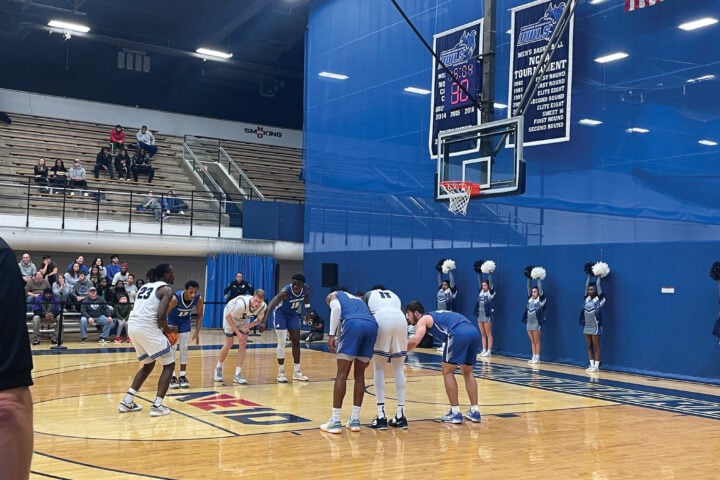Jared Silberkleit – Special to the Southern News
NEW HAVEN, Conn. – After not having access to many online learning tools as a student, Southern Connecticut State University earth science professor, Michael Knell said he is thrilled with the opportunities he now has as an instructor.
“When I went to college, there were very few online options and not as many things for teachers to do,” Knell said. “Now there are so many more opportunities to learn outside of the classroom.”
Knell, a 2002 college graduate and second year professor at SCSU, said most instructors use technology in “some way” due to the abundance of resources it provides.
“The utility is incredible,” Knell said. “There are an endless variety of things you can do for your courses.”
Knell said he doesn’t use technology as much as other professors, but still makes it apart of his classes.
“In class I use PowerPoint for lectures, and I post copies of lectures and assignments on Blackboard,” Knell said. “It’s a work in progress, but I’d like to use the online tools more in the future.”
Despite the advantages electronic learning offers, Knell said the system is not without its imperfections.
“Technology can be unreliable at times,” Knell said. “Sometimes the network goes down, there can be maintenance issues, or the system can be overloaded.”
Knell also said even with the convenience it provides, online learning cannot duplicate the classroom experience.
“In class there’s a direct one on one, question-response interaction between student and instructor,” Knell said. “When you’re online, you lose the benefit of face to face communication and the ability to participate in class discussions.”
According to Knell, entirely online classes are an efficient way for universities to serve more students and save money, but not every course can be effective without classroom time.
“Courses that are purely based on lecture can work online,” Knell said. “For science courses that require labs, it wouldn’t be appropriate because you need hands-on learning.”
Knell said he sees more courses being offered online in the future, which falls in line with a 2011 Pew Research Center study in which college presidents and the general public were surveyed about electronic learning. According to the study, 29 percent of the public and 51 percent of college professors said online courses offered the same educational value as classes offered in a traditional classroom setting.
In addition, 50 percent of college presidents said in 10 years, a majority of their
students would be taking online classes. According to the general public, 23 percent of current college graduates have taken at least one online course.
Soon to be among that 23 percent is SCSU senior Kevin Casoria. Casoria, a liberal arts major, said he took an online class this semester to open up his schedule, and enjoys being able to complete coursework at his own pace.
“Online classes are open-ended in the sense that you just have to get the work done by a certain time,” Casoria said. “If you’re good at staying on top of your work, it’s a great way to learn without going to class.”
Casoria said electronic learning tools have recently become a “huge part” of his learning. He said he uses his computer on a daily basis to complete online homework assignments, read online textbooks, and take online exams.
“Online learning has been a slight adjustment, but it’s good,” Casoria said. “There’s tons of resources, so instead of just having the teacher, you can take responsibility and do your own research.”
Casoria said electronic assignments are beneficial because they “put the responsibility in the student’s hands” to meet deadlines for completing work. However, he also said he has “mixed feelings” on online learning because of the risks associated with reliance on computers.
“You’d hate to have an assignment handed in late due to technical problems,” Casoria said. “Also for certain assignments, I’d just rather hand in a hard copy so I can get immediate feedback.”
Casoria said teachers do a fine job handling the electronic tools, but sometimes problems can occur that are out of their hands.
“Sometimes there’s an issue that’s out of their control, maybe because they haven’t
received the proper training to work around it,” Casoria said. “It’s like they’re learning along with the students.”
Junior Tommy Bennett said from his experience, teachers tend to not explain online assignments well enough for students to understand.
“The assignment is just there and you have to get it done by a certain time,” Bennett said. “The teacher should bring up the assignment on the projector in class and see if anyone has questions.”
Bennett, business management major, said he prefers print to online study materials and assignments.
“With print, you can physically go through the pages to mark and highlight them,” Bennett said. “If you’re on the computer you have to scroll and switch tabs, and you can’t take notes.”
Although he prefers print materials, Bennett said he frequently uses his computer for several of his classes, in order to complete assignments through online programs and do research.
“The computer can be helpful for school when you need to use it, but I often find myself drifting off,” Bennett said. “But it’s also important to have online assignments, because some people learn differently than others.”
Bennett said he would take an entirely online course, but only if it was required. He said he “likes to listen to the teacher explain class topics.”
Bennett also said he sees electronic learning becoming even more prevalent in the future.
“There are definitely going to be more online classes,” Bennett said. “I think you’ll see more classes where you log on and the professor is teaching via a video camera.”

